
Disrupting the global healthcare industry is not an easy task. The numerous wearable devices and platforms that caught both investors’ and the public’s attention in 2014 have managed to make an impact regardless of their origins.
Whether the ideas were born in the research labs of famous universities with the advantage of private funding, or in small Romanian cities without any financial aid these wearables represent the next generation of innovation. As the industry grows, more startups are focused on developing products that can change the current (and often inefficient) medical ecosystem.
2014 has clearly been a year of major healthcare innovation. Here’s a list of the Top 10 consumer-facing initiatives that caught my attention, and are worth watching in the future.

The mind-controlled robotic exoskeleton
Under the non-profit Walk Again Project, Miguel Nicolelis, a professor at Duke University, and a team of international scientists, created this battery-powered bodysuit allows paralyzed people to eventually forego wheelchairs completely. Juliano Pinto, a 29-year-old paraplegic man, gave the thirst kick of the World Cup in June with the help of this mind-controlled robotic exoskeleton.
The smartphone-based eye exam
„Think Instagram for the eye”, said assistant professor of ophthalmology Robert Chang, MD., when asked about the two adapters that enable a smartphone to capture high-quality images of the front and back of the eye. Developed by researchers at Stanford University, these adapters not only are inexpensive, but they make it easy for anyone with minimal training to take a picture of the eye and securely share with health practitioners.

Intel’s connected wheelchair
Unveiled by Stephen Hawking himself in September at Intel’s annual development conference, this connected wheelchair monitors the user’s vitals, including heart rate, body temperature and blood pressure.
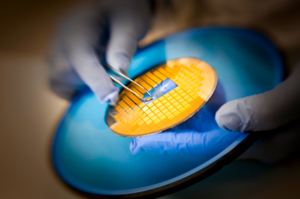
The Nanopatch
Australians at Vaxxas created a piece of nanotechnology about the size of an adult thumbnail poised to replace needle-based vaccines. It uses thousands of vaccine-coated pins that penetrate the skin; not only is it supposed to be painless, it’s also expected to be more effective.
Vaxxas received funding from the World Health Organization in September for pre-clinical studies using the polio vaccine.
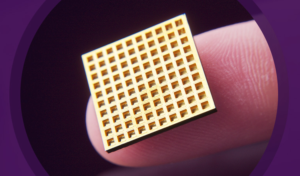
The programmable drug delivery microchip
MIT scientists developed the tech behind this device and licensed it to MicroCHIPS who in July announced the development of an implanted microchip that can deliver drugs, including hormonal birth control, beneath your skin. A remote control opens a reservoir in the chip, allowing it to release medication or hormones over an extended period of time. Provided they get FDA approval in US, pre-clinical trials will begin in 2015 to launch the device on the market by 2018.
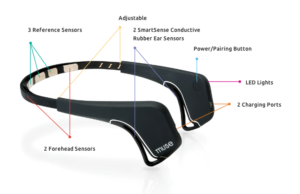
Muse
Developed by InteraXon, a Toronto-based innovator in the field of brain-sensing technology, Muse is a wearable device designed to help people learn how to better manage stress, improve their emotional state and improve brainpower, in just 3 minutes a day.
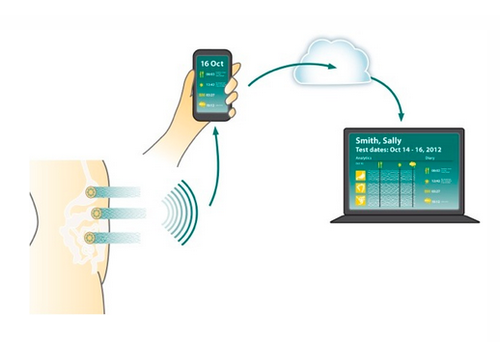
G-Tech Patch System
This wireless, wearable, disposable electrode patch allows doctors to identify the fundamental cause of functional gastrointestinal disorders and then provide an effective treatment. While this product is still in development, the company says it would be thin, conforming, waterproof and comfortable.
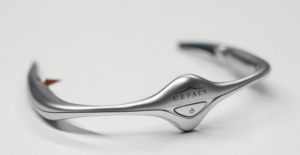 Cefaly
Cefaly
Approved in March by FDA (US) and looking like a Star Trek–esque headpiece, this medical device is designed to treat and prevent migraine headaches. It is said that Cefaly can considerably reduce or replace the consumption of side effect producing medications.
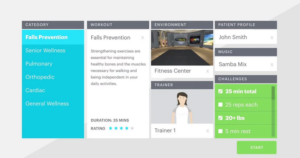
RespondWell
This gamification rehab platform makes physical therapy easier by making the process interactive, entertaining, and available anywhere. The patient’s routine is delivered through a touch screen device; the patient can even choose his virtual trainer, music or a beautiful 3D environment. For therapists, Respondwell offers easy-tools to prescribe a rehab routine and the built-in tiered model allows them to filter reports.
Genomera
Having the support of well-known scientists and business advisors, Genomera is a consumer health collaboration platform enabling participants to design and operate scientific health studies. Basically, it’s a crowd-sourced clinical trial that increases the number of people who organize and participate in health studies.
To be continued …
As you’ll see, such promising medical initiatives are not only be executed by big names in developed countries. They may also see the light of day in smaller Eastern-European countries such as Romania. They’re designed by a new generation of entrepreneurs. It may happen in Romania, in Oradea where AxoSuits built the first Romanian exoskeleton. Or on the New Year’s Eve in Cluj. Here a few engineers created the electronic glasses for people with visual disabilities. For such innovations, startups and my experiences as a mentor at StartUp Spotlight, stay tuned! This is number 1 competition and orientation program for the most promising startups in CEE region.
Healthcare Innovation Readings
* This article has been first published on R/GA’s blog on November 2014.



